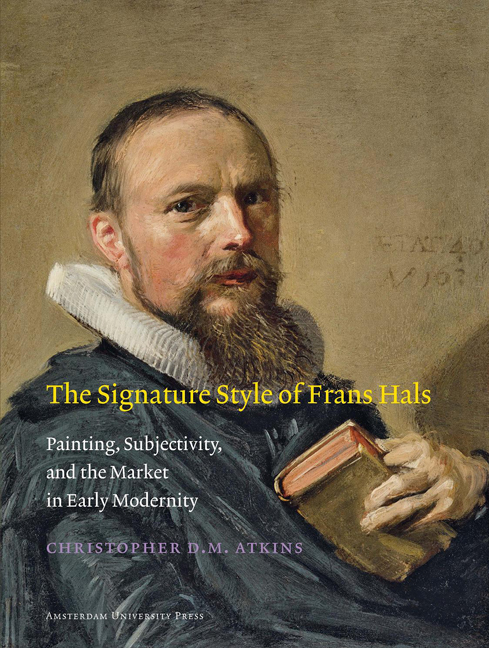Chapter 5 - Modernity
Published online by Cambridge University Press: 14 January 2021
Summary
Though his fame has fluctuated with changing tastes, nearly every posthumous response to Frans Hals and his paintings belongs to discourses on modernity in art. Most explicitly, a Belgian art journal proclaimed in 1883, “Frans Hals c’est un moderne.” While Frances Suzman Jowell has studied the revival of interest in Hals in the second half of the nineteenth century, particularly Theophile Thoré-Bürger's role in inspiring this resurrection, the continued characterization of Hals's art as modern from the eighteenth century to the present has thus far not been examined. The multifaceted features of Hals's manner – roughness, sketchiness, liveliness, seeming spontaneity, virtuosity, calligraphic handling, self-referentiality, and materiality – all came to be, at various times, signs of modern painting. In the process, Hals's signature style, as the combination of these elements, came to be designated as modern in its own right.
In our postmodern moment, “modern” is a contentious and contested term that requires definition. As Briony Fer has argued, what is modern, or considered to be so, is constructed out of a sense of difference, so that the word can be understood as denoting distinction from something else. It can be used in a temporal sense to distinguish the present or the recent past from a period long departed. Alternatively, as its usage in relation to Hals demands, this chapter will treat modern as a stylistic term. In this sense, “modern” refers variously to that which was different from the classicizing, the academic, and ultimately, the postmodern – not just in subject, but also in style – as the meaning of modern shifted from the seventeenth century through the end of the twentieth century.
Organized chronologically, this chapter traces the history of verbal and visual responses to Hals and his manner as modern. I argue that, though the term was not explicitly applied to Hals until the late-nineteenth century, the concepts embodied by the word were associated with the artist from at least the earliest extended analysis of his work published in 1718, and possibly in his lifetime. This early perception of his rough manner eventually led to critical neglect in academic circles in the late eighteenth and early nineteenth centuries and likewise may have led to Thoré-Bürger's resurrection of Hals and the painter's subsequent ascension to the heights of the artistic pantheon in the late nineteenth century.
- Type
- Chapter
- Information
- Signature Style of Frans HalsPainting, Subjectivity, and the Market in Early Modernity, pp. 195 - 238Publisher: Amsterdam University PressPrint publication year: 2012



